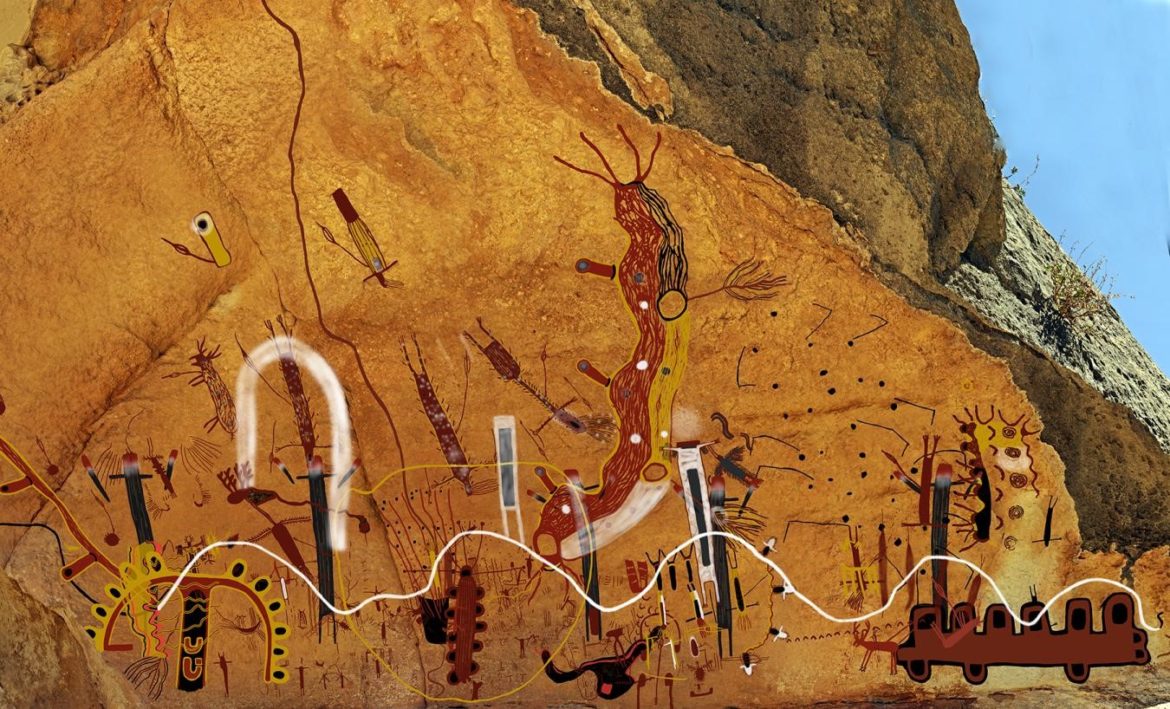Peer-reviewed articles

Abstract
Peyote, a psychoactive cactus native to the Chihuahuan Desert, has been preserved from excavations at only two archaeological sites: Shumla Caves in the Lower Pecos region of southwest Texas and shelter CM-79 near Cuatro Ciénegas in Coahuila, Mexico. We determined three indistinguishable radiocarbon ages of 5160 ± 45, 5200 ± 35, and 5210 ± 35 14C years BP, yielding a mean age of 5195 ± 20 14C years BP for the three specimens from Shumla Caves. For one of the Cuatro Ciénegas specimens we obtained the first direct radiocarbon date of 835 ± 35 14C years BP. This study demonstrates the use of peyote by inhabitants of the Lower Pecos region of the Chihuahuan Desert about 6000 calendar years ago, and confirms its use by inhabitants of the Cuatro Ciénegas region of the Chihuahuan Desert in Late Prehistoric times. The Shumla Caves' specimens are composed of an aggregate of ground peyote mixed with other plant material, i.e., they appear to be manufactured peyote effigies, and are definitely not intact peyote buttons.

